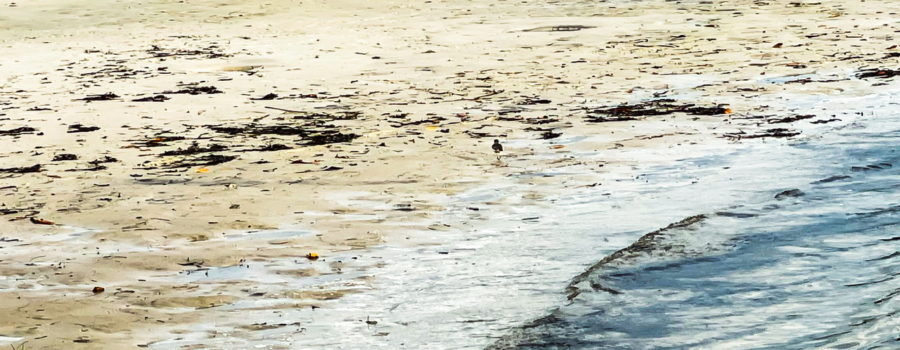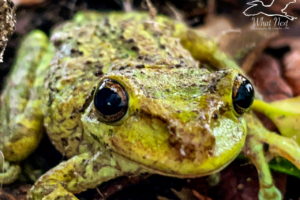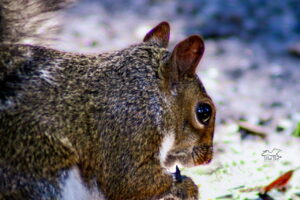The Best Known Florida Habitat is the Beach

Most of our Florida habitats are not unique to Florida but may not be well known by people who don’t live there (like my beloved sandhills), but one habitat that just about everyone knows about is the beach. And of course, Florida is famous for it’s beaches, and we are far from the only place in the world with beaches. Beaches are defined as a landform alongside a body of water composed of loose particles. Most beaches in the world are coastal beaches, but beaches can occur along lakes, ponds, rivers, and stream as well. The particles that make up the beach are usually some form of rock (called siliceous), but they can also be make from shell and coral fragments (called calcareous). The length, width, and density of any given beach is dependent on the wave action and weather factors in the area. Varying conditions can change the colors, textures, and layers in the beach. So it’s easy to see just from this definition that what looks like a simple stretch of sand is pretty complex. Coastal beaches currently make up about one third of all the coastal areas in the world, making them very important in the world economy and overall environment.

Beaches are made by the action of water waves that move small particles of sediment. These particles are held in solution in the water until they are deposited somewhere. The particles tend to settle out of the water in areas that are calmer. As they settle out, they begin to compact, and once they become more compacted they are less vulnerable to erosion. The type of coastal land that is produced depends heavily on the wind and wave energy that it is exposed to. High energy areas keep the waters stirred up and the particles tend to stay in suspension. This results in rocky coasts with little or no beach. Lower energy areas allow heavy, coarse particles like sand and coral pieces to settle out resulting in beaches. Areas that are well protected and thus very low energy allow finer particles like clay and mud to settle out and produce mud flats and mangrove swamps.

The shape and slope of the beach depends on the types of waves that it is subjected to. Constructive waves are waves that push material higher up onto the beach, while destructive waves pull material back down towards the water. On any given beach, of course, both types of waves will occur. When there are more constructive waves, material is deposited and the slope becomes steeper. Seasons with predominantly destructive waves, on the other hand, result in a gentle slope down into the water. Obviously, based on this, you can see that the beach is precarious, ever changing habitat that can literally change from hour to hour. In order for plants and animals to survive there, they have to be able to adapt to such changes as higher than usual tides, salt spray, harsh weather, and constantly shifting sands. Many small and microscopic marine invertebrates burrow down into the sand to protect themselves. Other larger organisms like crabs, birds, and mammals depend on these smaller ones for food for themselves and their offspring. Plants that grow along the beach edges help to stabilize the sand and provide food and shelter for many of the larger animals. Many of the plants and animals that live on the beaches don’t live in any other habitats. Some examples of these include sea oats, beach morning glory, beach peanuts, white beach tiger beetles, and ghost crabs.

It’s easy to see that beaches, although certainly not unique to Florida, are one of our most important habitats. Functions of the beach habitat include storage and transport of sediments, buffering of other habitats against harsh weather, break down of pollutants, water filtration, providing a nursery area for fish and nesting sites for sea turtles, invertebrates, and shorebirds, and providing a vital link between the marine ecosystem and the terrestrial ecosystems. It’s also important to recognize the economic and recreational value of our beaches, but these aspects should be used in a manner that doesn’t disrupt the other functions of the habitat or disrupt the irreplaceable plants and animals that live there.





Recent Comments